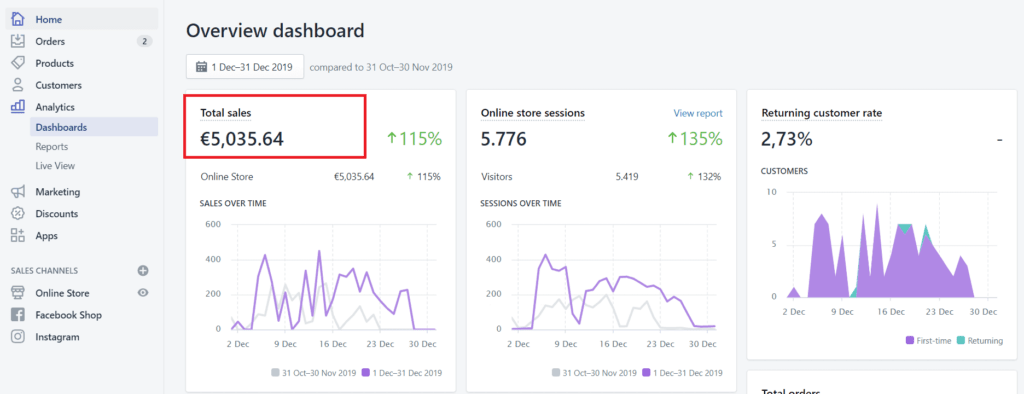In the realm of e-commerce, dropshipping has emerged as a game-changer, revolutionizing the way businesses operate online. Dropshipping has emerged as a gainful business model for aspiring entrepreneurs looking to proceed into e-commerce without the hassle of managing inventory or dealing with shipping logistics.
Understanding Dropshipping: How does it work?

Introduction to Dropshipping.
Dropshipping is a retail method where a store sells products it doesn’t stock. When a sale happens, the store buys the item from a third party and ships it to the customer, eliminating the need for inventory storage.
How does Dropshipping work?
The process involves three main parties:
- The seller (retailer)
- The supplier
- The customer
The seller lists products on their online store, sourced from various suppliers. When a customer makes a purchase, the seller forwards the order details to the supplier, who then ships the product directly to the customer.
Dropshipping Process
- Customer Places Order: A customer makes a purchase from your online store.
- Order Forwarded to Supplier: You forward the order details to your dropshipping supplier.
- Supplier Ships Product: The supplier ships the product directly to the customer.
- Profit Margin: You earn a profit margin on the difference between the wholesale price from the supplier and the retail price you set on your store.
Dropshipping on Shopify
Dropshipping on Shopify revolutionizes e-commerce by allowing entrepreneurs to sell products without holding inventory. With Shopify’s user-friendly interface, sellers can easily set up their online store, select products from suppliers, and market to customers. This low-risk model empowers businesses to scale rapidly, leveraging Shopify’s robust platform for success.
Benefits of Dropshipping:
- Low startup costs: Since there’s no need to purchase inventory upfront, the initial investment is minimal.
- No inventory management: Eliminates the hassle of storing, managing, and tracking inventory.
- Flexibility and scalability: Easy to scale the business without the constraints of physical storage space.


Finding the Right Niche:
Selecting the right niche is crucial for dropshipping success. Conduct thorough research to identify profitable niches with sufficient demand and competition. Look for products that have a unique selling proposition and appeal to a specific target audience.
Finding Reliable Suppliers
Partnering with reliable suppliers is essential for ensuring product quality and timely delivery. Evaluate suppliers based on criteria such as product quality, shipping times, pricing, and customer service. Establish clear communication channels and maintain a good relationship with your suppliers.


Build Your Dropshipping Store
When setting up your dropshipping store, choose a platform that aligns with your business goals and budget. Design your store with user experience in mind, focusing on easy navigation and clear product descriptions. Optimize your website for conversions by implementing effective call-to-action buttons and streamlined checkout processes.
Optimizing Your Website for Conversions
Your website is your storefront in the digital world, so it’s essential to optimize it for conversions. Ensure fast loading times, easy navigation, and compelling product descriptions to maximize sales and minimize bounce rates.
Implementing Affective Market Strategies:
To drive traffic and sales to your dropshipping store, utilize various marketing channels
- Social media marketing: Engage with your audience on platforms like Facebook, Instagram, and Pinterest.
- Influencer partnerships: Collaborate with influencers in your niche to reach a wider audience and build credibility.
- SEO and content marketing: Create valuable content that educates and entertains your audience while optimizing for search engines.
Customer Service in Dropshipping
Providing excellent customer service is essential for building trust and loyalty with your customers. Be responsive to inquiries and concerns, and address any issues promptly. Implement a clear returns and refunds policy to handle customer returns efficiently.
Case Studies: Successful Dropshipping Stories
Explore real-life examples of successful dropshipping businesses and learn from their strategies and experiences. Study how they identified profitable niches, found reliable suppliers, and implemented effective marketing tactics to grow their businesses.
Conclusion: Embracing the Future of E-Commerce with Dropshipping
Dropshipping offers a promising opportunity for entrepreneurs to build a profitable online business with minimal upfront investment. By understanding the fundamentals of dropshipping, leveraging effective marketing strategies, and staying adaptable to industry trends, aspiring entrepreneurs can carve out their niche in the competitive e-commerce landscape.

Common Myths About Dropshipping:
- Myth: Dropshipping is easy money
- Reality: Dropshipping requires hard work, dedication, and strategic planning to succeed.
- Myth: You don’t need any capital to start dropshipping
- Reality: While startup costs are lower compared to traditional retail, you still need some initial investment for marketing, website development, and other expenses.
Conclusion: Embracing the Future of E-Commerce with Dropshipping
Dropshipping offers a promising opportunity for entrepreneurs to build a profitable online business with minimal upfront investment. By understanding the fundamentals of dropshipping, leveraging effective marketing strategies, and staying adaptable to industry trends, aspiring entrepreneurs can carve out their niche in the competitive e-commerce landscape.
People Also Ask
How much money do I need to start dropshipping?
The beauty of dropshipping is that it requires minimal upfront investment. You can start with as little as a few hundred dollars to cover website hosting, domain registration, and marketing expenses.
Is dropshipping a sustainable business model?
Yes, dropshipping can be sustainable if done correctly, focusing on niche selection, product quality, and customer service.
Is dropshipping legal?
Yes, dropshipping is a legitimate business model that is legal in most countries. However, it’s essential to familiarize yourself with relevant regulations and laws governing e-commerce in your jurisdiction to ensure compliance.
How do I find reliable suppliers for my dropshipping business?
Finding reliable suppliers is crucial for dropshipping success. Look for suppliers with a proven track record of reliability, quality products, and timely shipping. You can find suppliers through online directories, industry trade shows, and networking with other drop-shippers.
Do I need any special skills or expertise to start dropshipping?
With the wealth of online resources and tools available, you can quickly acquire the skills needed to succeed in this competitive industry.
